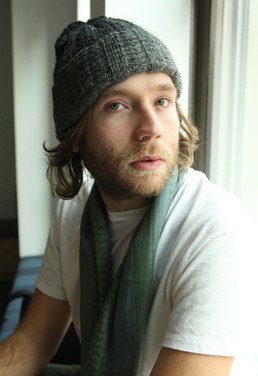

Last season, bar one race retirement he never finished out of the top five as he completed 13 of the 19 races in third or fourth place. It’s that consistency at the wheel that is arguably Webber’s key selling point. I try to be as consistent as I can as a person from my late teens to my mid-60s. “It’s important for me to be able to look back and think I’ve not changed too much and I have no regrets about the way I might have changed. I’m not going to name names but I’ve seen that in Formula 1. I think with some drivers, they do change as people. “My dad’s exactly the same so, between them, I can never get that ahead of myself. “She still reminds me of that 14 years later - still takes the piss out of me for it. “I remember when I got my first paid contract, which was 7,000 German marks, I said to Ann ‘I’ve made it’,” he recalls. The bank balance is much healthier these days, but Webber is never allowed to forget how far he has come by his partner Ann Neal, who has also managed his career for as long as he has been in the UK.


Without that, I wouldn’t be here, so I owe him a lot.” I gave it everything and it did the trick. “My dad played rugby with Campo when they were young so it was a sort of phone-a-friend thing and we felt maybe he’d get an idea of what we were trying to do. Webber’s compatriot stumped up an interest-free loan of £52,000 ($82,000) to keep the driver’s career on track at a time when the money had finally run out. Having relocated to the UK in his teenage years to pursue his racing ambitions, he lived hand by mouth for much of the time, before a most uunlikely knight in shining armor came in the form of Australian rugby legend David Campese. He was 26 years old before he made it into F1 – a year older than teammate Sebastian Vettel is now, who is on the cusp of winning a third straight world title – making his debut at his home race in Australia for backmarkers Minardi in 2002.

The Schwantz route looked the likelier initially for Webber as he began racing on two wheels before a switch to karts aged 14, then made his mark in various single-seater formats: Formula Ford, Formula and Formula 3000. Initially a ball boy for rugby league side the Canberra Raiders it soon became clear that motorsport was his passion: his idols were F1 star Alain Prost and champion American motorcyclist Kevin Schwantz – who, incidentally, worked closely on the creation of the Circuit of the Americas. Webber’s journey into F1 has been more arduous than most. “It’s not always a world that sits well with me but to drive the best cars in the world, that’s where I have to be and I want to keep doing that.” But for me, I always try to ensure that I treat people as I’d treat myself. You can click your fingers for food, for whatever you want really. It’s an environment that’s not always real. “I wouldn’t say I’m happy in the paddock. “It’s difficult and a lot of the time it doesn’t feel right when you’ve got the global financial crisis or something like Sandy hitting the U.S.,” Webber told CNN. It’s a background that has left Webber junior almost a tad embarrassed by an annual salary at Red Bull thought to be in the region of $8 million, which still leaves him some way off the top earners in the sport but still generous enough in an austere age for much of the globe.
MARK WEBBER ACTOR THE LIE DRIVERS
So while other drivers slot easily into the F1 lifestyle, Webber is in some regards the sport’s outsider, brought up on watching the news at home every night with his father and far more immersed in current affairs. His dad Alan, a regular at race weekends, has always done his utmost to keep his son grounded – he still does, even if at 36 he is one of the oldest drivers on the grid. The son of a motorcycle dealer, he grew up in New South Wales in relatively modest surroundings.
MARK WEBBER ACTOR THE LIE DRIVER
Webber’s life as an F1 driver is in sharp contrast to his upbringing in Australia. In the paddock over the next few days, wealth will ooze from every pore, champagne glasses will clink from all corners of the team hospitality suites as money pours into the sport from global sponsors. It was built from scratch on 890 acres of unused land in Travis County, just a few miles from Austin, Texas, with the primary aim of returning a United States Grand Prix to the sport for the first time since 2007. The venue for the latest addition to the F1 calendar, the Circuit of the Americas, cost in the region of $400 million. The excesses of Formula One do not sit easily on the shoulders of Mark Webber.


 0 kommentar(er)
0 kommentar(er)
